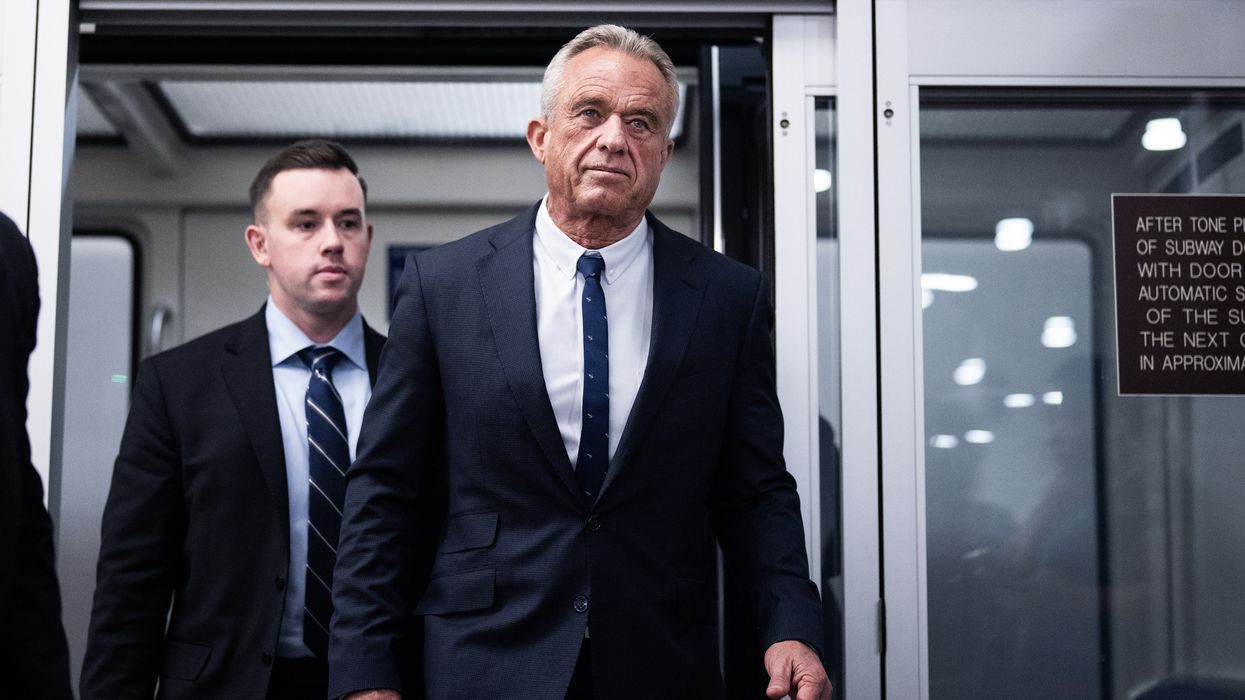There are roughly 1,200 positions in the federal government that require Senate confirmation, including the senior officials who make up the president’s Cabinet. The first Cabinet official was confirmed in 1789 when the Senate unanimously approved President George Washington’s nomination of Alexander Hamilton to be treasury secretary.
The confirmation or denial process is a matter of 100 senators making judgement calls to determine whether a nominee is professionally qualified, exhibits leadership skills, is ethically fit, is morally just, doesn’t carry “baggage” and has the temperament for the job.
The adage “patience is a virtue” will most likely be tested by President-elect Donald Trump, his nominees, senators and the public in 2025, as the Center for Presidential Transition notes the confirmation process lasts around five months.
As our senators determine the fate of Trump’s nominees, the credibility of the senators is as much on the line as are the candidates and Trump himself. Here’s the question: Will the senators judge each candidate based on what is best for America’s 335 million citizens (people before party) or make the confirmation process a show of obedience to the president and/or politics (party before the people)?
Peggy Noonan, revered columnist for the conservative Wall Street Journal, wrote on Dec. 19: “Republican Senators must approach the hearings with gravity because … they are life-and-death appointments.” Furthermore, the Wall Street Journal characterized Trump’s Cabinet picks as “unconventional,” “lacking expertise” and reflecting “his idiosyncratic ideological impulses”.
Two recent polls should be an alert to our senators and cause them to think twice before voting “yes” on a Trump nominee: 1) A Dec. 5-9 AP-NORC poll found only three in 10 Americans have confidence in Trump’s Cabinet picks and 2) a Fox News poll revealed 50 percent disapprove of the president-elect’s Cabinet selections (even though 93 percent of Fox News viewers identify as Republican).
The media has been paying close attention. Chuck Todd of NBC News identified Pete Hegseth (Trump’s pick to lead the Pentagon), Robert F. Kennedy Jr. (for the Department of Health and Human Services) and former Rep. Tulsi Gabbard (for director of national intelligence) as a “ low-character crowd.”
Other high-profile nominees under scrutiny include: Jay Bhattacharya, Pam Bondi, Tom Homan, Howard Lutnick, Linda McMahon, Kristi Noem, Kash Patel, Elise Stefanik and Russell Vought.
Let’s face the facts. Nominating and confirming good Cabinet members has never been a hallmark of America’s presidents and senators. For starters, Andrew Jackson fired all of his Cabinet members except his postmaster general.
Here’s a sample of other poor picks:
- John F. Kennedy dismissed CIA Director Allen Dulles, who botched the Bay of Pigs operation.
- Lyndon Johnson removed Secretary of Defense Robert McNamara for escalating the Vietnam War.
- Attorney General Richard Kleindienst and three White House associates (H.R. Haldeman, John Erlichman and John Dean) were released from duty by Richard Nixon for their involvement in the Watergate scandal.
- Gerald Ford terminated several Nixon holdovers in what became known as the Halloween Massacre.
- Jimmy Carter requested the resignation of his entire Cabinet (very few resigned).
- Ronald Reagan dismissed Anne Gorsuch, his EPA administrator, for mismanaging $1.6 billion in the hazardous waste cleanup program.
- When Secretary of Education Lauro Cavazos proposed blocking federal aid designed for minority students attending college, George H.W. Bush quickly ended his employment.
- Bill Clinton discharged William Sessions, the FBI director and Mike Espy, the secretary of agriculture.
- George W. Bush booted Paul O’Neill, secretary of the treasury, and Donald Rumsfeld, secretary of defense.
- Barack Obama ousted CIA Director David Petraeus and Michael Flynn, director of the Defense Intelligence Agency.
- Trump also fired Flynn, who has the distinction of being terminated by two different presidents. More than 90 percent of Trump’s executive officers turned over during his first presidency.
- Joe Biden’s executive officer turnover rate stands at 71 percent.
Obviously, presidents and senators have not always made good decisions on Cabinet members. Turnover is costly and is an obvious sign of poor management and poor judgement. Period.
We can do better. Don’t sit idly by during the current confirmation process without expressing your thoughts to your senators.
After you’ve done your due diligence of examining the background of the 12 Cabinet picks identified above, call the Capitol switchboard at (202) 224-3121 and ask for your two senators’ offices. A staff member for each will answer your call, whereupon you can apprise them of your pick thoughts, which will be relayed to your senators.
Witnessing how your senators vote on each nominee will tell you whether their judgement matches yours. as well as if they put the people before the party or the party before the people.
Don’t fret over Trump’s Cabinet nominations; take action now before it’s too late. As noted in the Book of Common Prayer: “speak now or forever hold your peace.”
Corbin is professor emeritus of marketing at the University of Northern Iowa



















